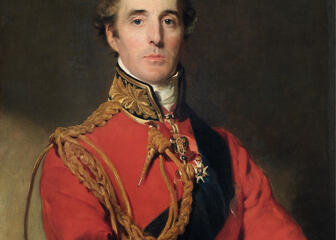Things you did not know about the Ghent Altarpiece

8 reasons to visit Van Eyck’s masterpiece
Jan and Hubert Van Eyck lived mysterious lives in the Middle Ages. There aren’t many written sources, but it is certain that is there is a link between the brothers, Ghent and the painting ‘The Adoration of the Mystic Lamb’ from 1432. The brothers painted the work with a remarkable eye for detail, and some mysteries remain unsolved. Still not convinced you should admire the Ghent Altarpiece? We gladly give you 8 additional reasons.

















